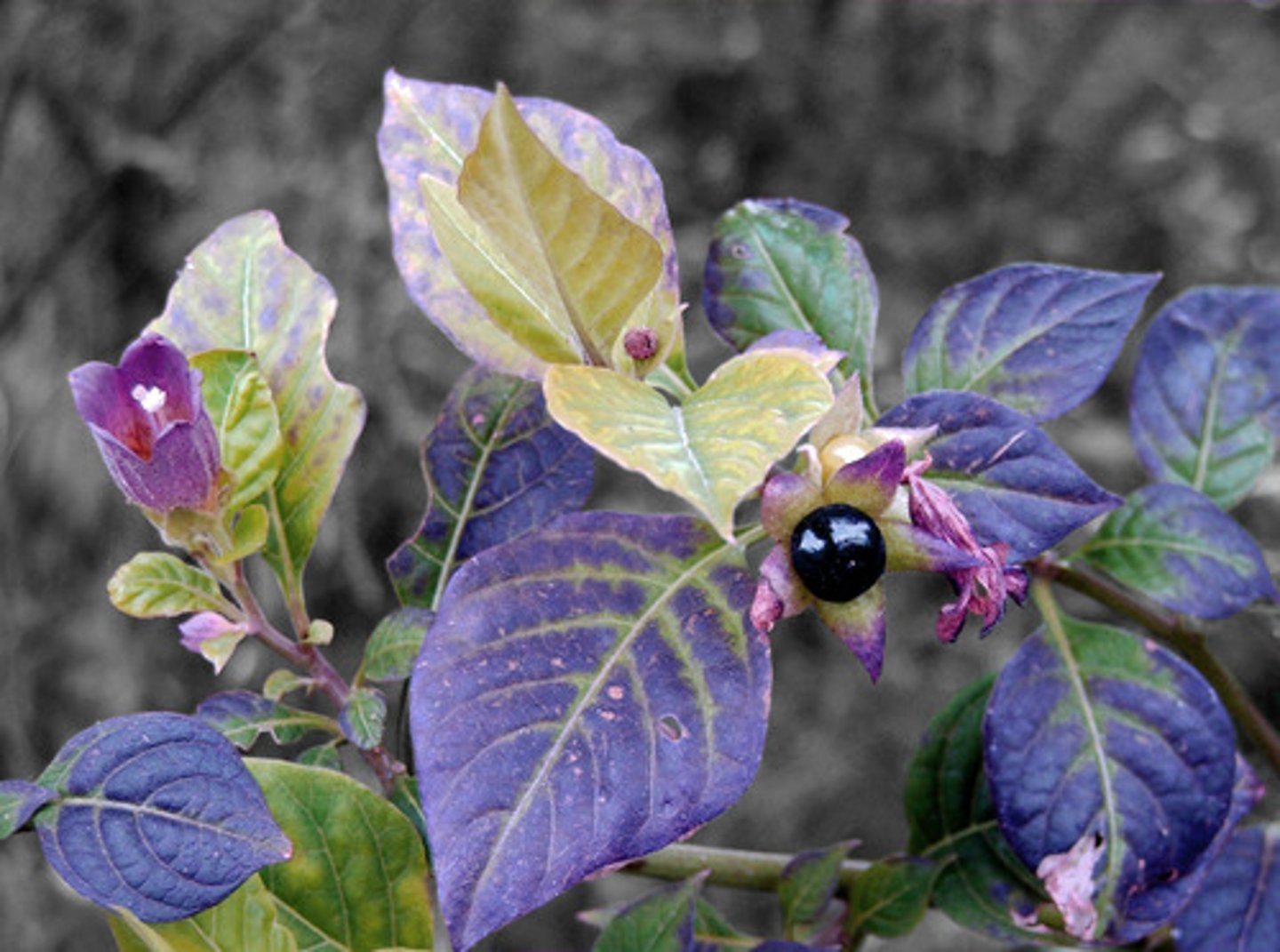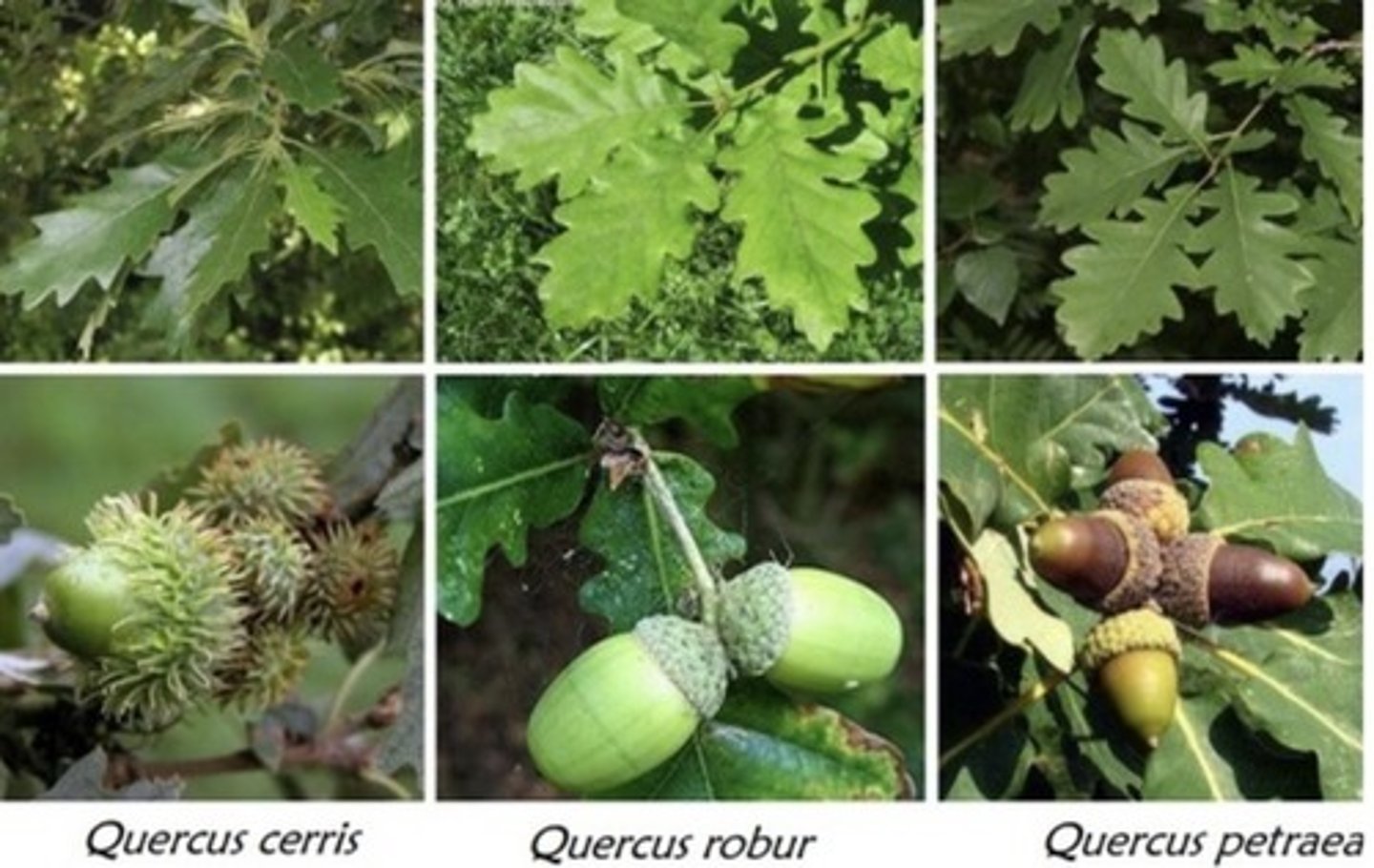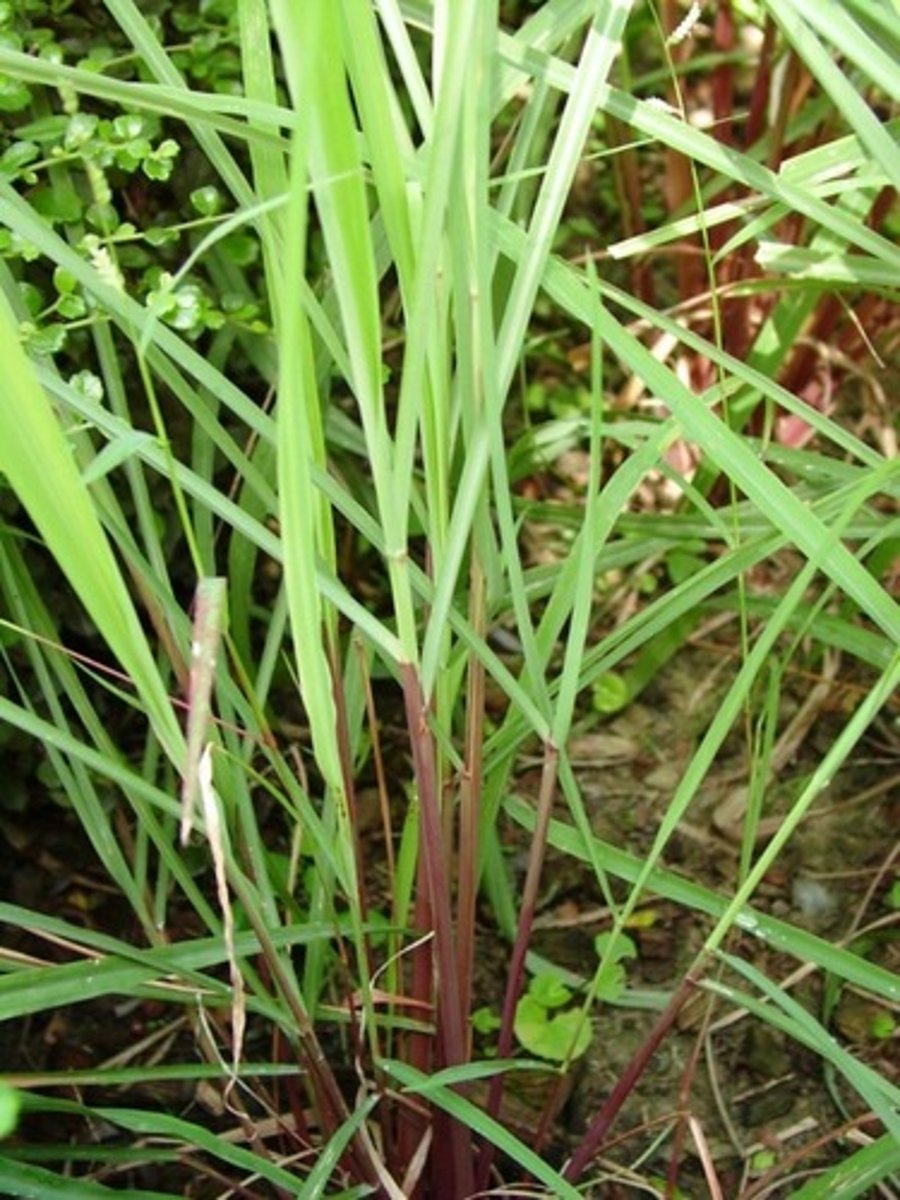Plant Defences against Pathogens
1/14
There's no tags or description
Looks like no tags are added yet.
Name | Mastery | Learn | Test | Matching | Spaced |
|---|
No study sessions yet.
15 Terms
Physical Defences
- Waxy cuticle
- Bark on trees
- Cellulose cell wall
Plants seal off diseased tissue and sacrifice it
Plant Defences
When a plant is attacked, the receptors in the cell surface membrane detect the presence of the pathogen.
The receptors stimulate the release of signalling molecules
Signalling molecules trigger cellular responses, such as:
Producing defensive chemicals
Sending alarm signals to unaffected cells
Strengthening their cell walls with callose and lignin
What polysaccharide do plants produce when attacked by pathogens?
Callose
What does callose do with lignin?
Callose is deposited into the cell walls and reinforced with lignin to provide a thicker barrier for the pathogen to penetrate through
What does callose do in the phloem?
It blocks the sieve tube end plates in the phloem, sealing off the infected area and preventing the spread of pathogens
What does callose do in the plasmodesmata?
It blocks the plasmodesmata between infected cells and their neighbours
Chemical Defences
Plants produce chemicals that can repel the insect vectors of disease, or kill invading pathogens

Tannins
Create a bitter taste

Insect repellents
- Pine resin
- Citronella from lemon grass

Insecticides
Caffeine acting as a neurotoxin
Antibacterial compounds
Disrupts the cell wall/membrane of the bacteria
Antifungal Compounds
Chitinases - enzymes released to break down the chitin in the cell wall
Anti-oomycetes
Breaks down the cell walls on fungi like eukaryotic organisms
General toxins
- Some plants make chemicals that can be broken down to form cyanide compounds when the plant cell is attacked.
- Cyanide is toxic to most living things.
Silica in Grass
- Acts like glass
- Herbivores (caterpillars) that eat silica don't grow as well